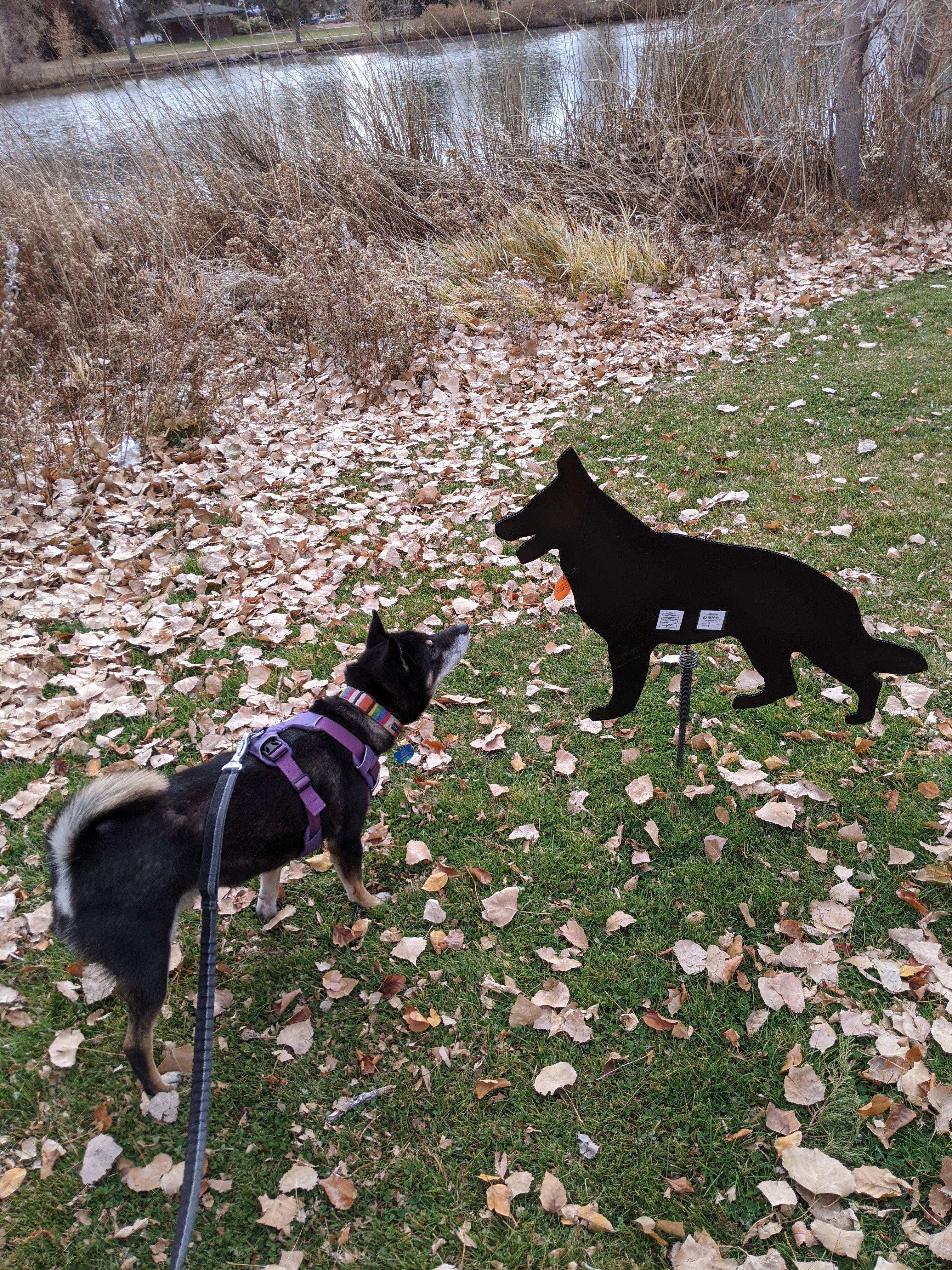51: Canada Goose
I write to you from Arapahoe, Ute, and Cheyenne land. I am interested in learning about the different animals that live in the place where I was born. Before we start with today’s animal, I want to emphasize that biological classification as understood by western society has its roots in racism, sexism, and transphobia – here’s a good explainer about why.
Canada geese (Branta* canadensis) are perhaps the most hated bird in Colorado (certainly in urban Colorado; the sage grouse may hold that title for the rural areas). They are certainly the only ones who have been rounded up by the hundreds, killed by federal officials, and used as free protein by an anti-hunger organization. They’re also the only bird I know of who you can hire a team of border collies to come drive off in the Denver Metro area (their website is a delight and the dogs are really cute). They also have a group dedicated to protecting them from what their members see as animal cruelty from the city. Over the last five years, I have lived in close proximity to two Denver parks with healthy Canada geese populations. Just a few weeks ago Nori and I investigated some goose deterrents in my local park:

Nori himself is also quite a goose deterrent. Luckily I keep him on leash to prevent him from harassing wildlife, but I think if he was off leash he would be applying for a job with those border collies (and trying to get himself promoted to manager as soon as possible). I have seen several urban coyotes, including in the little rock shelter area by the museum in City Park, who I assume do not hesitate to harass and eat the geese.
(Also, lest you think that Canada itself has just sent these geese south to harass their favorite neighbors the Americans, they have their own goose problems.)
So who are these Canada geese, and why are they so controversial? Mainly they seem to be highly efficient machines for turning grass into poop – adults can produce over 1 lb of feces per day, which then flows into waterways and becomes algal bloom. They also graze and destroy grass in places where people like grass, such as golf courses. I personally think we should return to the natural vegetation of this area, which would mean the end of soft, green grass on golf courses, and probably the end of such cushy environments for geese to congregate. No one is listening to me (yet) so geese are going to continue to make themselves at home in our public and private outdoor spaces. Like the coyote, they are extremely skilled at adapting to and succeeding under the conditions humans have made for them.
Canada geese may be seen as pests, but they are beautiful and fascinating birds worthy of our interest and respect. The next time you are near one, note the shades of their plumage. They mate for life and are attentive parents who will defend their nest violently if necessary. To me, they are also a reminder of the annual patterns of life in Colorado. The sight of the first Canada geese babies being shepherded around by their parents is always a herald of spring. Similarly, the V-shaped migratory patterns and the mournful honking that accompany them always signify oncoming winter and I feel like I most notice them flying overhead against a grey sky with the first flakes of snow starting to fall.
I really enjoyed this article about the annual Canada goose hunt by the Cree First Nations people of northern Canada.
*Branta is actually a Latinized form of an Old Norse word, Brandgás, "burnt (black) goose"